Top speed 220 km/h Length 33 m Engine type Mikulin AM-34 | Wingspan 63 m Retired 1942 | |
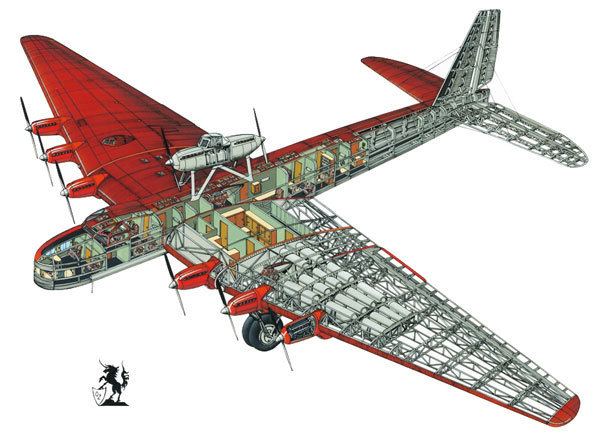 | ||
Primary user Soviet Union Role Propaganda aircraft/Transport National origin Soviet Union First flight 19 May 1934 Number built 2 Developed from Tupolev TB-4 Similar Antonov An 225 Mriya, Antonov An 124 Ruslan, Antonov An 22 | ||
Tupolev ant 20 maxim gorky
The Tupolev ANT-20 Maksim Gorki (Russian: Туполев АНТ-20 "Максим Горький") was a Soviet eight-engine aircraft, the largest of the 1930s. Its wingspan was similar to that of a modern Boeing 747, and was not exceeded until the 64.6 meter wingspan, American Douglas XB-19 heavy bomber prototype first flew in the early summer of 1941.
Contents
- Tupolev ant 20 maxim gorky
- Tupolev ant 20bis ps 124
- Overview
- 1935 Maxim Gorky crash
- ANT 20bis
- Operators
- Specifications
- References
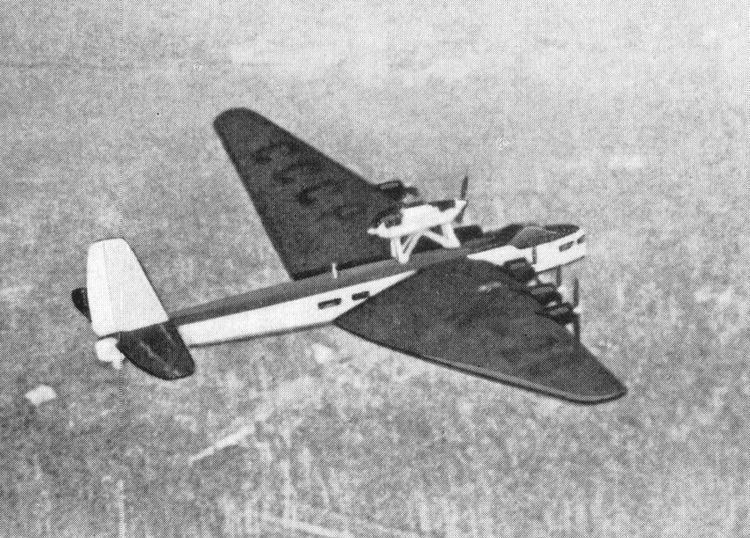
Tupolev ant 20bis ps 124
Overview
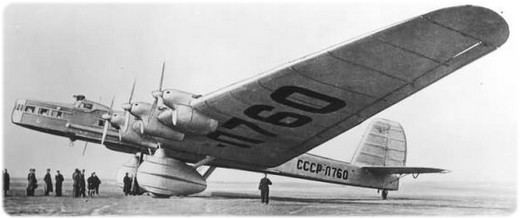
The ANT-20 was designed by Andrei Tupolev, using all-metal airframe technology devised by German engineer Hugo Junkers during the World War I years, as the largest-ever aircraft to use Junkers' original all-metal aircraft design techniques from 1918, being constructed between 4 July 1933 and 3 April 1934. It was one of two aircraft of its kind built by the Soviets. The aircraft was named after Maxim Gorky and dedicated to the 40th anniversary of his literary and public activities. The ANT-20 was the largest known aircraft to have used the Junkers design philosophy of corrugated sheet metal for many of the airframe's key components, especially the corrugated sheet metal skinning of the airframe.

It was intended for Stalinist propaganda purposes and was equipped with a powerful radio set called "Voice from the sky" ("Голос с неба", Golos s neba), printing machinery, a library, radiostations, a photographic laboratory and a film projector with sound for showing films in Flight. In a first-in-aviation history the aircraft was equipped with a ladder which would fold on itself to become part of the floor.
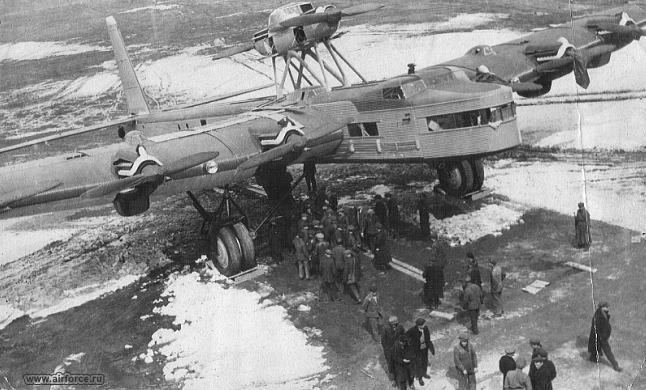
Another first for the plane is that it used both direct current and alternating current. The aircraft could be dismantled and transported by rail if needed. The aircraft set several carrying-capacity world records and is also the subject of a 1934 painting by Vasily Kuptsov, which is now in the collection of the Russian Museum at St. Petersburg.
1935 Maxim Gorky crash
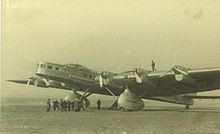
On 18 May 1935, the Maxim Gorky (pilots – I. V. Mikheyev and I. S. Zhurov) and three more aircraft (a Tupolev ANT-14, R-5 and I-5) took off for a demonstration flight over Moscow. The main purpose of the other three aircraft flying so close was to make evident the difference in size. The accompanying I-5 fighter piloted by Nikolai Blagin had performed two loop manoeuvres around the Maxim Gorky. On the third loop, they collided. The Maxim Gorky crashed into a low-rise residential neighbourhood west of present-day Sokol metro station.
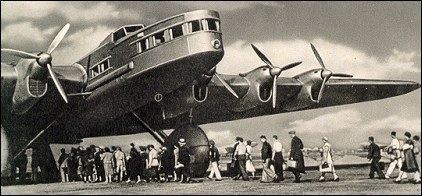
Thirty-five people were killed in the crash, including both pilots and their 33 passengers, and family members of some of those who had built the aircraft. While authorities announced that the fatal manoeuvre was impromptu and reckless, it has been recently suggested that it might have been a planned part of the show. Also killed was the fighter pilot, Blagin, who was made a scapegoat in the crash and subsequently had his name used eponymously (Blaginism) to mean, roughly, a "cocky disregard of authority." However, Blagin was given a state funeral at Novodevichy Cemetery together with ANT-20 victims.
ANT-20bis

A replacement aircraft, designated ANT-20bis had begun production the following year and first flew in 1938. The PS-124, bearing the registration CCCP-L760, was similar in design to its predecessor but equipped with six Mikulin AM-34FRNV engines of greater power. Operated by Aeroflot, it was utilized for transport services within Russia and Uzbekistan. On 14 December 1942, a tragic incident occurred when the pilot permitted a passenger to temporarily occupy his seat. During this exchange, it is believed that the passenger inadvertently disabled the autopilot feature, causing the aircraft to enter a steep dive from a height of 500 meters (approximately 1,600 feet). The crash resulted in the loss of all 36 individuals on board.
Operators
Specifications
Data from The Osprey Encyclopedia of Russian Aircraft 1875–1995
General characteristics
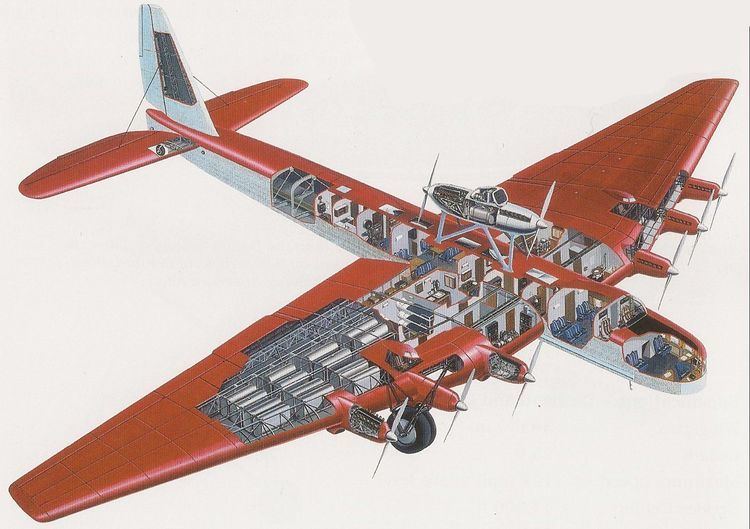
Performance
